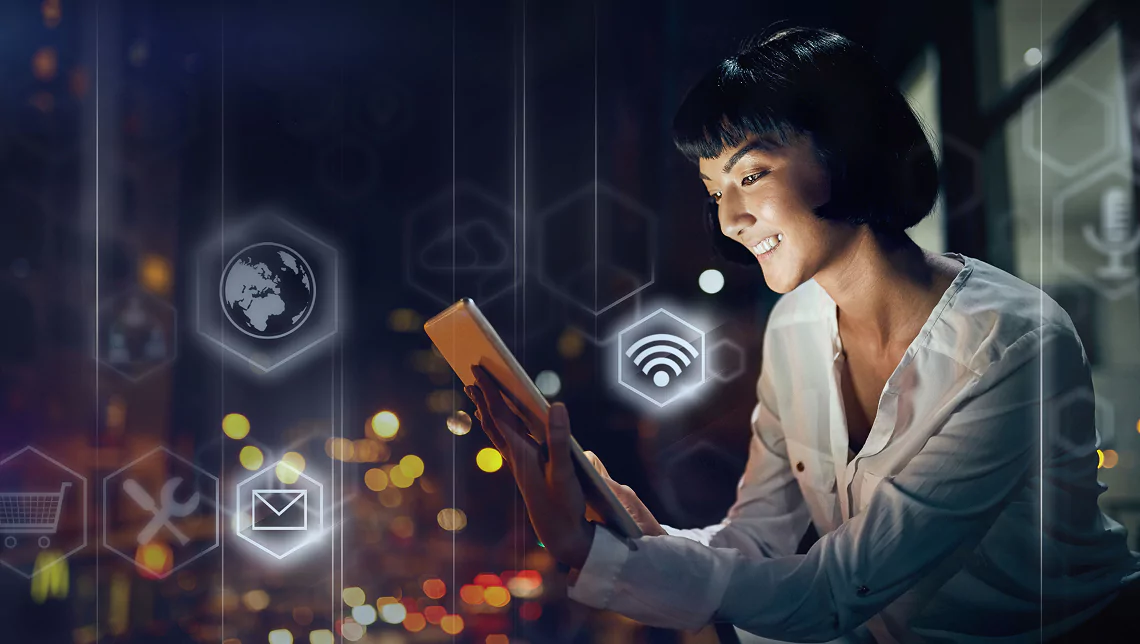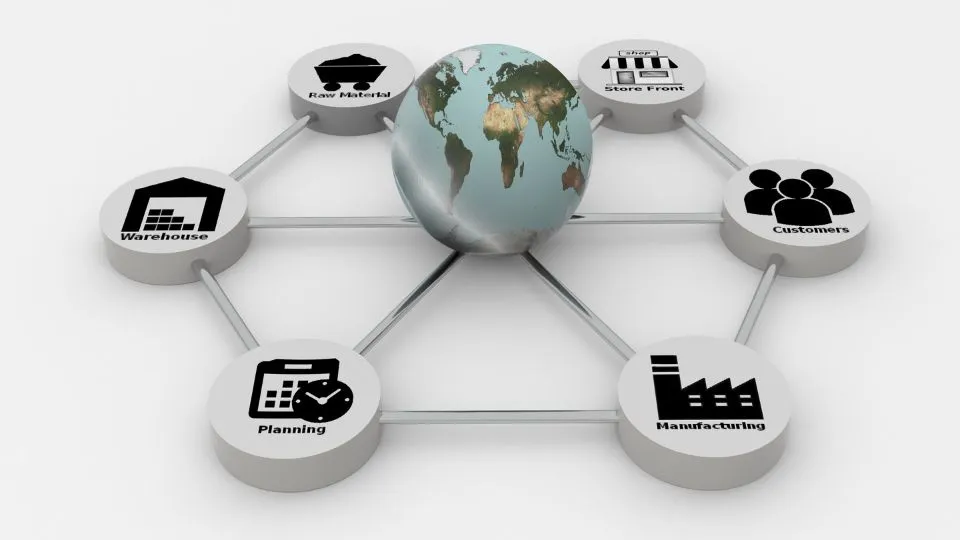How IoT can enhance customer experience
Introduction to IoT
The IoT is a giant network of connected things and people – all of which collect and share data about the way they are used and about the environment around them.
Devices and objects with built-in sensors are connected to an Internet of Things platform, which integrates data from the different devices and applies analytics to share the most valuable information with applications built to address specific needs.
These powerful IoT platforms can pinpoint exactly what information is useful and what can safely be ignored. This information can be used to detect patterns, make recommendations, and detect possible problems before they occur.
The internet of things (IoT) has emerged as an effective method for providing real-time value. Across the globe, IoT deployments are rapidly gaining steam. According to analyst firm Gartner, there will be 20.4 billion connected things in use by 2020. Of these, 7.6 billion will be used by businesses.
It’s clear that IoT will soon touch consumers’ lives in different ways – whether realized or not.
How IoT Enhances Customer Experience?
The rapid growth of the IoT is changing the business landscape. Many organizations and businesses are reconsidering their marketing strategies to improve their business processes.
By incorporating the IoT, it is possible to not just improve sales but even enhance the customer experience.
To attract and retain customers in today’s competitive landscape, businesses need to provide an exceptional customer experience that stands out in the marketplace. Rather than following a one-size-fits-all approach, the most successful businesses are customizing their processes for customers in real-time.
As shown in MuleSoft’s Connectivity Benchmark Report: the top three technology trends that IT leaders are currently investing in or are planning to invest in are security (57%), big data and analytics (55%) and the internet of things (49%).
Following are the ways IoT helps businesses:
- IoT provides real-time, accurate information: Especially when you consider that to enhance customer experiences, businesses need to not only collect data securely but also analyze and put the data into context to make it actionable.
- IoT sensors: One of America’s fastest-growing restaurant chains is analyzing beer consumption with IoT sensors.By connecting its IoT flow sensors with its point of sales system via APIs and an application network, the restaurant chain is able to measure pour volume against sales transaction data to predict preferences and optimize inventory planning. As a result, the restaurant chain can improve the customer experience while operating more efficiently.
- IoT and the retail sector: The retail sector is currently leading the charge. Using data generated by everything from intelligent vending machines and shop shelves to point-of-sale systems, retailers are able to gain insights into shopper tastes and habits previously not possible.With this new data, retailers can adjust everything from store layouts and stock mixes to match the requirements of particular customer groups.
- IoT can essentially pinpoint whether the information is important or it can be safely ignored: For example, if you own a car manufacturing business, you might want to know which optional components (leather seats or alloy wheels, for example) are the most popular.
Using the Internet of Things technology, you can:
- Use sensors to detect which areas in a showroom are the most popular, and where customers linger longest
- Drill down into the available sales data to identify which components are selling fastest
- Automatically align sales data with supply, so that popular items don’t go out of stock.
Connecting the layers of IoT
Successful IoT deployments consist of layers, including the devices that collect the data, the networks that deliver the data, and the applications that analyze and make sense of that data.
While they need to work together as an integrated whole, it’s important that organizations manage their components independently, given the rapid pace of technological change.
This will allow components in place now to be altered or swapped out in relatively short order in the future, to take advantage of enhancements.
For example, IoT sensors may need to be replaced every few months, networks may need to be changed every few years, and legacy systems may need to be tapped into in various ways over time.
For example, an organization should be able to quickly plug in a new IoT device or easily swap out its network without having any adverse effects on the applications themselves.
Additionally, it’s important that the data itself is held independently from any particular system, so multiple parties can use it in different ways.
Designing IoT infrastructure in a modular and agile fashion:
Organizations have started taking an API-led approach. Underpinned by APIs, application networks enable applications, data, and devices to be plugged in and out seamlessly without negative knock-on effects.
Therefore, when a change is made—something that is inevitable—there aren’t dependencies that would constrict advancement and evolution.
Another benefit with taking an API-led approach is that security is built-in by design, as IT teams can regulate and enforce who has access to what data.
Given security is a critical factor when designing and deploying IoT projects, there needs to be a way to not only identify the devices on the network to confirm they should be accessing stored data but also authorize that devices only have access to the data they require to complete their particular task.
Conclusion:
Looking forward, the role and value of IoT will continue to grow and deliver customer experiences not yet anticipated. With a thoughtful approach to designing and deploying IoT projects correctly now, organizations will enjoy significant added benefits in the future.







